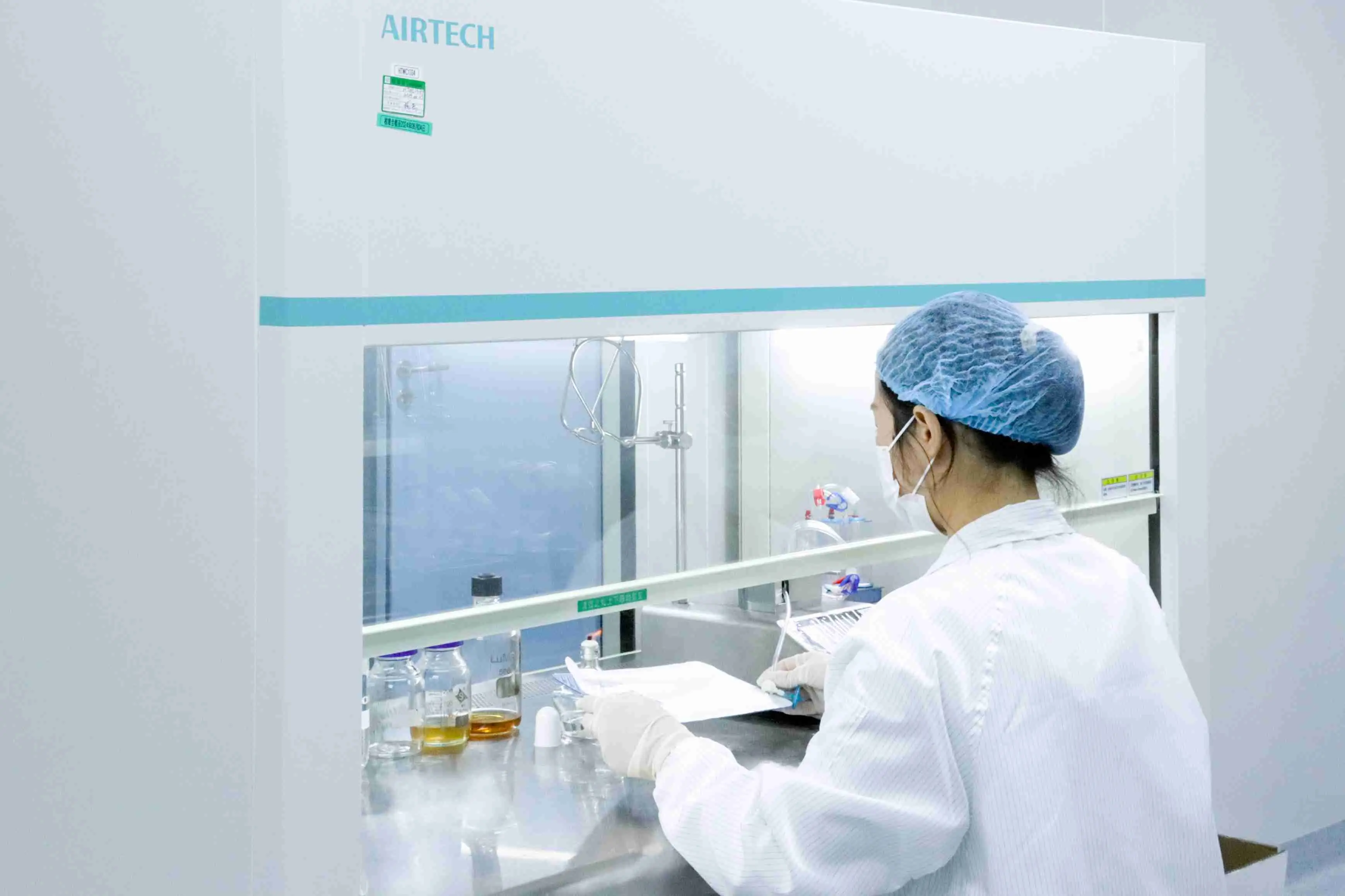
Medical Device Muscle Implantation Test Laboratory
1. Scope of application and principle
This experimental method is to insert the implant into the muscle of the test animal and compare the biological response of the test sample implant with that of the control sample implant to evaluate the biological response of muscle tissue to the implanted material. The control material is the material used in the medical device for which clinical acceptability and biocompatibility have been established.

2. Muscle Implantation Test standards
Domestic: GB/T 16886.6 Biological evaluation of medical devices Part 6: Local reaction test after implantation;
国外:iso 10993-6 Biological evaluation of medical devices—Part 6: Tests for local effects after implantation。
3. Sample preparation
The routine preparation of test and control samples is as specified in 3.1. The size of the implant is determined by the size of the muscle group selected. When using the rabbit paraspinal muscles for testing, an implant with a width of 1 to 3 mm and a length of approximately 10 mm is used. The sample shoULd be made with rounded edges and smooth spherical surfaces at both ends. Alternatively, a larger sample with a diameter of 10 mm and a thickness of 3 mm can be surgically implanted. The sample should be made with rounded edges and blunt corners at both ends.
4. Selection of control samples
The control sample can be a marketed control, or a negative control material can be selected according to Appendix A of GB/T 16886.12, such as PE, silicone resin, alumina, and stainless steel.
5. Experimental animals and implantation sites
When implanting the implant into the muscle tissue of rabbits or other animals, the size of the implant site should meet the requirements of the implant. Only one animal can be used for each test. Rabbit paraspinal muscle is the preferRED implant site. Smaller samples can also be used in rat gluteal muscle or rabbit femoral muscle.
6. Number of experimental animals used
At least three animals were used per implantation period, with 10 test samples and 10 control samples implanted at adequate implantation sites. The test and control samples used for evaluation should have come from at least three different animals.
If it is desired that the control material produce a response greater than the minimal response, an additional control material known to elicit a minimal tissue response may be implanted in the area contralateral to the test material.
7. Implantation steps
When using the paraspinal muscles of rabbits, implant 4 or 3 test material samples into the muscle on one side of the spine of each rabbit, parallel to the spine, 25-50 mm from the midline, with each implant approximately 25 mm apart. Implant 4 or 3 control material samples on the other side of the spine in the same manner.
8. Implantation cycle
The test period should be determined based on the possible clinical contact time, or the time until the corresponding biological response REACHes or exceeds a certain stable state. The selected time point should be explained and demonstrated. Ensure that the biological tissue response reaches a stable state. Short-term selections generally include 1 week and 4 weeks. Long-term selections generally include 13 weeks and 26 weeks. Table 1 shows the standard recommended long-term implantation observation period selection.
Table 1. Selection of observation period for long-term implantation in subcutaneous tissue, muscle, and bone
Animal species | Implantation period (weeks) | ||||
13 | 26 | 52 | 78 | 104 | |
Mouse | × | × | × | — | — |
Rat | × | × | × | — | — |
guinea pig | × | × | × | — | — |
Rabbit | × | × | × | × | |
dog | × | × | × | × | × |
sheep | × | × | × | × | × |
goat | × | × | × | × | × |
pig | × | × | × | × | × |
9. Sampling and pathological section preparation
At the end of the experiment, the animals were euthanized and samples were collected after dissection. Pathological sections were made and HE staining was performed.
10. Biological response evaluation
Biological reactions are evaluated by recording macroscopic and histopathological reactions observed at different time points. Compare the reactions of the test sample, control sample or sham operation site. Score the local biological reactions after implantation according to Appendix E of GB/T 16886.6. Determine the tissue reaction of the device according to the table below, compared with the marketed control or the information control.
Table 6. Histopathological results
total score | Organizational response |
0.0~2.9 | No stimulation |
3.0~8.9 | Mild irritation |
9.0~15.0 | Moderate irritation |
>15.0 | Severe stimulation |
MICrosoft YaHei", "Microsoft YaHei UI", "WenQuanYi Micro Hei", "sans-serif", 宋体; font-optical-sizing: inherit; font-kerning: inherit; font-feature-settings: inherit; font-variation-settings: inherit; margin: 0px; padding: 0px; color: rgb(51, 51, 51); box-sizing: border-box; text-wrap: wrap; background-color: rgb(255, 255, 255);"/>
Email:hello@jjrlab.com
Write your message here and send it to us
 What Are the Testing Items of California Propositi
What Are the Testing Items of California Propositi
 E-Cigarette EU TPD Testing
E-Cigarette EU TPD Testing
 Testing Certification for E-cigarettes Exported to
Testing Certification for E-cigarettes Exported to
 What is Amazon US CPC Certification?
What is Amazon US CPC Certification?
 UK Toy Safety Regulation Standard EN 71-13
UK Toy Safety Regulation Standard EN 71-13
 What is EU UFI Registration?
What is EU UFI Registration?
 EU UFI Registration for E-cigarette E-liquid
EU UFI Registration for E-cigarette E-liquid
 How to get the MSDS Report for Electronic Cigarett
How to get the MSDS Report for Electronic Cigarett
Leave us a message
24-hour online customer service at any time to respond, so that you worry!




